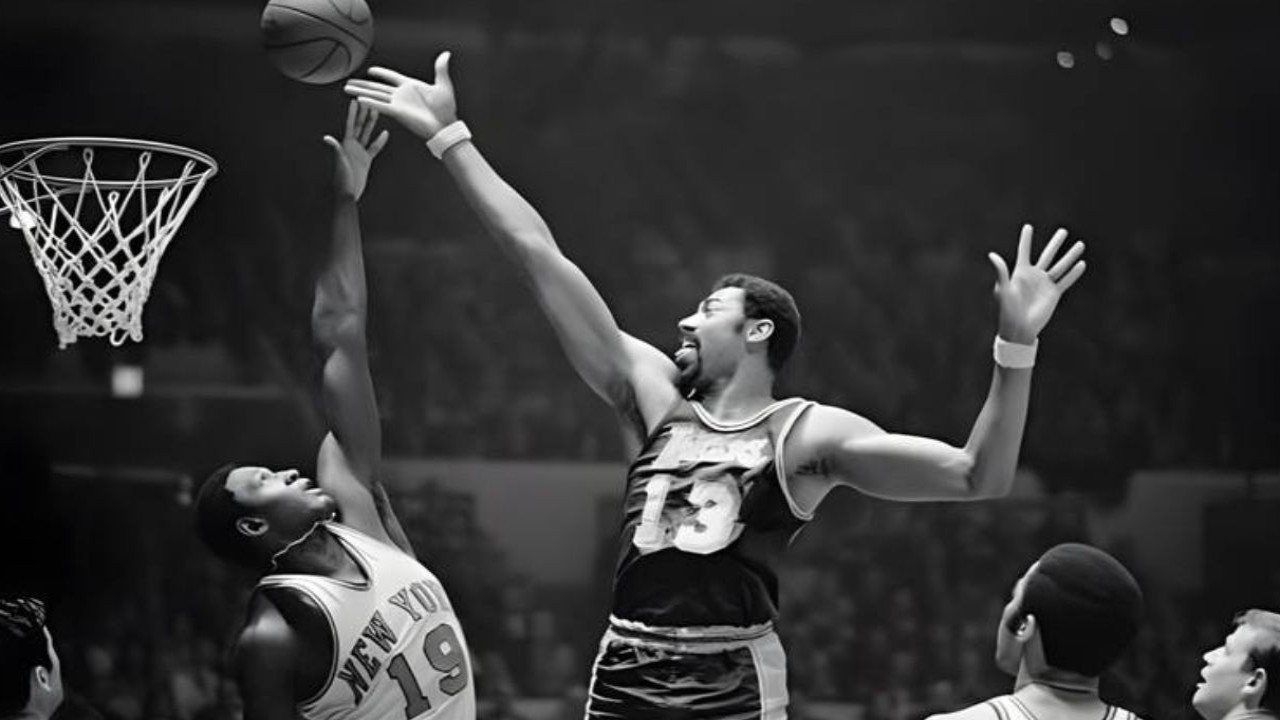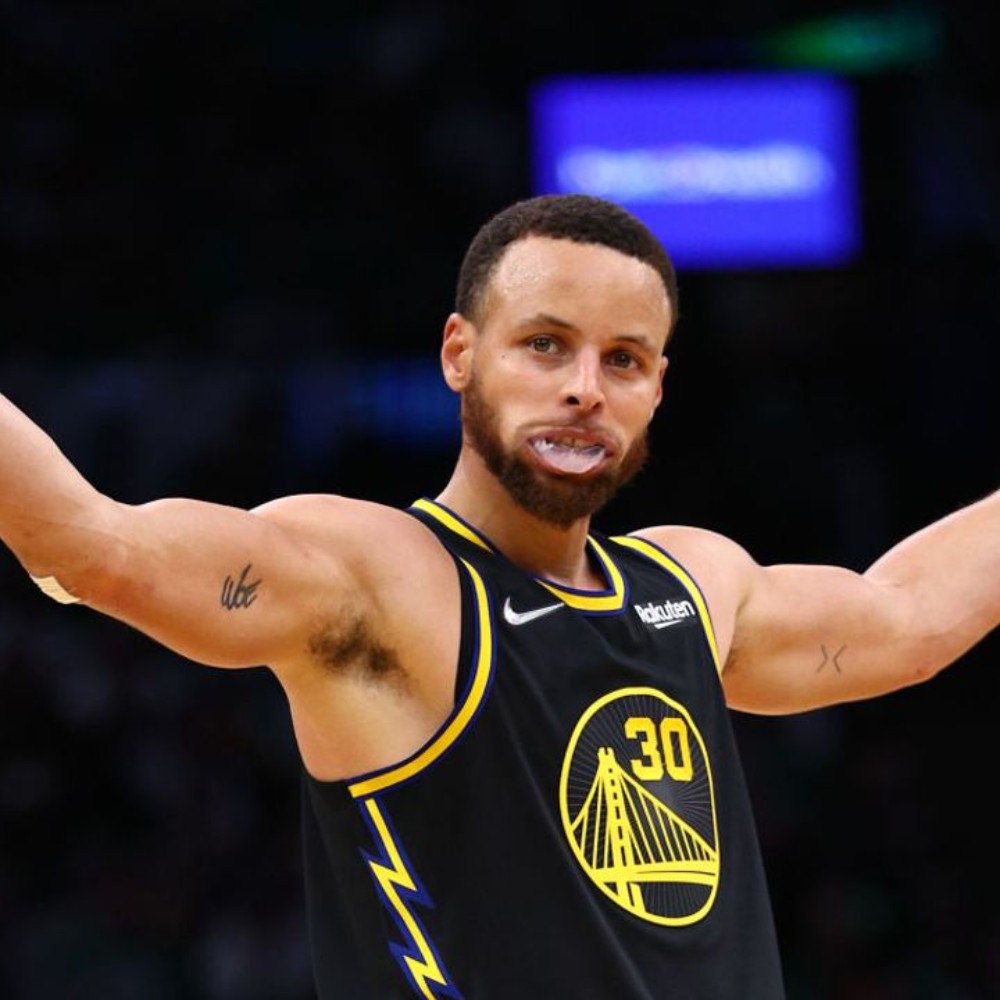FIVE NBA Legends Who Single-Handedly Influenced Significant Rule Changes to the League
Find Out how FIVE NBA Legends single-handedly influenced monumental rule changes that otherwise may not have ever happened. Explore how these sudden changes shaped the NBA we know today.

The Basic rules of basketball have always remained as they are; five players from each team before tipoff, a 10-foot hoop, and a 94-foot long and 50-foot wide hardwood floor. The rest of the rules have significantly evolved over the years as the incoming talent pool has vastly superseded the previous generations of hoopers.
The styles and tendencies of players have been modified, their strength and conditioning improved, and the rules have evolved to make the games more attractive. While most changes have been gradual, some were more sudden than others, in part due to the influence of certain players who went on to attain legendary status.
Let’s look at five of such NBA Legends who forced the league to implement new changes. All players in this list are among the greatest to ever lace up and embrace this beautiful sport.
Michael Jordan
Within a couple of seasons into his debut, Michael Jordan had become one of the best offensive players in the league. Jordan’s offensive abilities had become so good that league defense was slowly becoming ineffective against his scoring prowess.
Before 1987, the defensive rules allowed players to either stick to their man or double-team them. Once MJ came to the NBA, he was so good against players 1-on-1 that his teammates stood at one side of the court, away from the ball.
Jordan would have the entire half side of the floor to himself with opponents double-teaming and triple-teaming him, leaving other Bulls players wide open who could easily score the ball off the assist.
Realizing that the Bulls games were turning into 1-v-1 exhibitions as opposed to actual basketball games, the league introduced the isolation rule. This way, the league aimed to create shared offenses and prevent player-dominant systems.
Shaquille O’Neal
Standing 7 '1 and weighing 325 lbs, Shaq was hailed as the second coming of Wilt Chamberlain and one of few to challenge Wilt’s unofficial title of the most dominant big man. In his prime, Shaq was extremely athletic and remained unchallenged by opponents for most of his prime.
Shaq’s sheer force of dominance wasn’t just a detriment for his opponents but for backboards as well. Shaq famously broke two backboards in his rookie year and unintentionally encouraged the NBA to introduce stronger rims and backboards.
Another rule change influenced by Shaq-Diesel was the introduction of the defensive three-second rule. This was implemented to stop opponents from loading up on big men in the paint which teams mostly did when they went up against Shaq.
Kobe Bryant
In the 2004 NBA Finals, Kobe Bryant’s excellent offensive ability to create scoring opportunities forced the Pistons to overly rely on the hand-checking rule. This rule gave defenders the advantage of using their hands and forearms to slow down offensive players and in this case, Bryant became their target.
After the Finals, the league realized that the type of defense involving hand-checking wrongly limited offensive productivity and hindered the game’s entertainment value. Hence, before the 2004-2005 season, the NBA banned the hand-checking rule. Most fans attribute the ban to Bryant as he faced the brunt of the Pistons’ physicality in the 2004 finals.
Wilt Chamberlain
Being dominant enough to compel the league into changing one rule is one thing, but single-handedly being responsible for four of them speaks volumes about one’s greatness. Wilt Chamberlain was one of those players whose overall mastery of the sport was impossible to look over.
The two-time champion had the tendency to score via inbound pass when his teammates threw the ball off the backboard. The NBA prohibited the controversial gameplay by declaring it as goal-tending, now known as basket Interference.
The NBA even expanded the paint from 12 feet to 16 feet in an attempt to possibly slow down Chamberlain as he was a nightmare for rivals on the offensive end. Even after the updated rules, “The Big Dipper” finished his career as a top ten All-time scorer and four MVPs to his name.
Charles Barkley
Charles Barkley was one of the best post players and rebounders in NBA history. Despite being slightly short for the Power Forward role at 6 '6, he embraced the physicality aspect of the role and performed equally excellently.
In his heyday, the former MVP would often take up to 20 seconds on the shot clock posting up before taking the shot. Though Barkley’s game plan was effective, the NBA didn’t appreciate the time-consuming aspect of the move.
With the idea to make the game more exciting for the fans, the league introduced the five-second rule. The rule forced defensive players to either take the shot or pass the ball within five seconds of possession below the free throw line.
Honorable Mentions
It wasn’t just these five that compelled the NBA to make considerable changes to the rule book. Other legends such as Allen Iverson, Reggie Miller, and the OG George Mikan also played a hand in making sure that the League rules never stayed the same.
These NBA legends and Hall of Famers not only left their mark on the court but also helped usher in rules that would come to define the modern NBA. As basketball enthusiasts, it's our responsibility to remember their impact on the sport.
ALSO READ: How Many Teams Did Shaquille O'Neal Play For In His NBA Career? Find Out





 JOIN OUR WHATSAPP CHANNEL
JOIN OUR WHATSAPP CHANNEL







































































